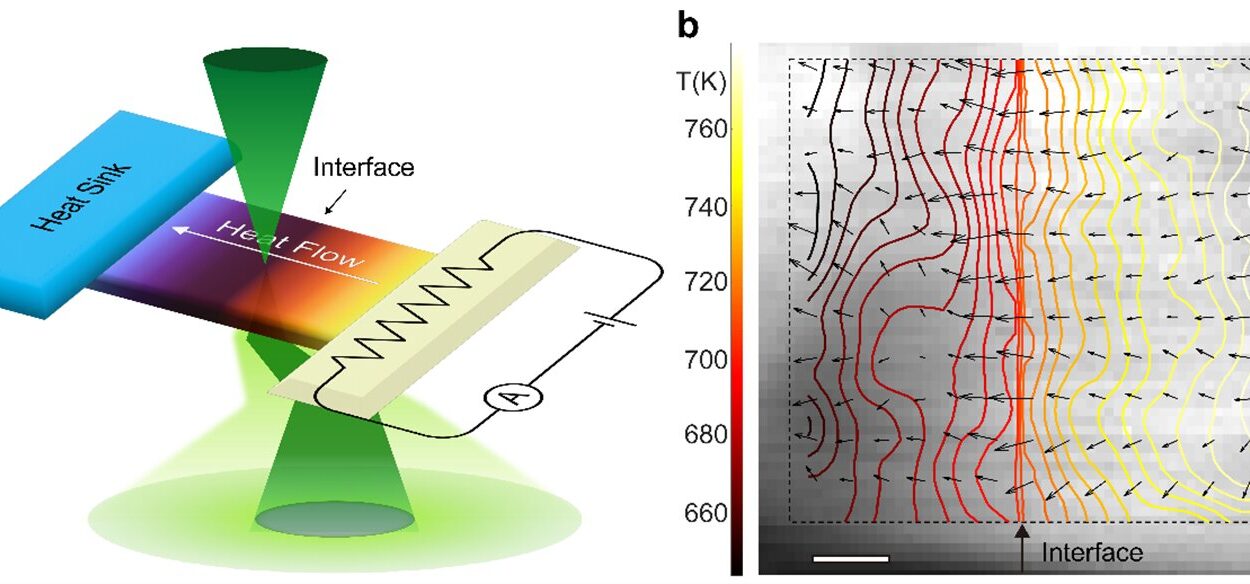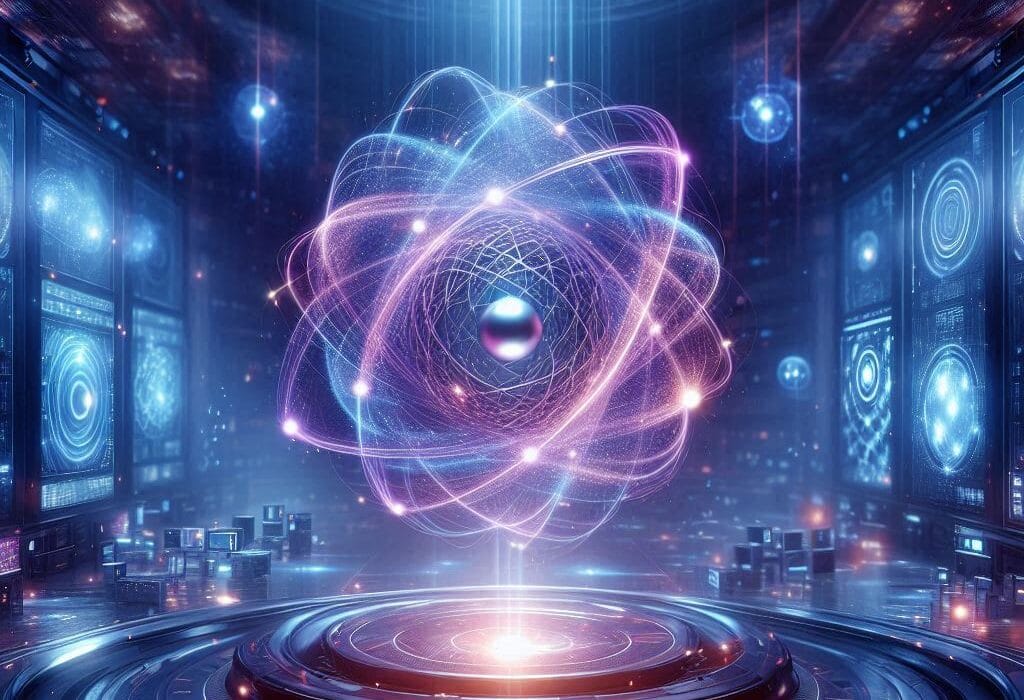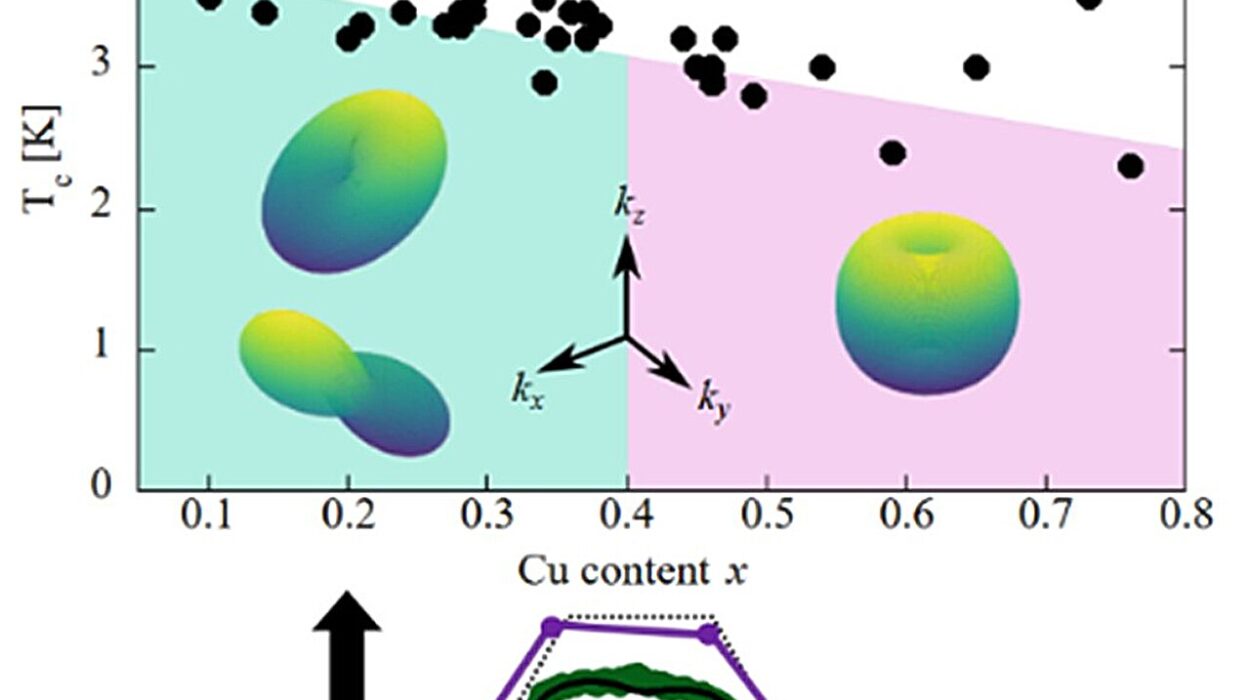High above Earth, in the vast vacuum of space, our Sun burns with relentless intensity. It’s not fueled by coal or oil, nor does it flicker like a candle. It is powered by a process as ancient as the universe itself—a process called nuclear fusion. For over four billion years, that brilliant inferno has sustained life on Earth. And now, scientists are racing to harness that same cosmic engine here on our planet.
In the heart of stars, fusion transforms the universe. It shapes galaxies, births elements, and fuels the light that touches every inch of our world. But what if we could bottle that power? What if we could ignite a star—not in space, but in a lab, in a reactor, in the very infrastructure of human civilization?
The dream of nuclear fusion is more than scientific ambition. It is a beacon of hope in an age defined by environmental crisis, energy insecurity, and rising global demand. Fusion promises energy so clean it leaves no toxic waste, so abundant it could power Earth for millennia, and so safe it cannot melt down or explode.
To understand nuclear fusion is to glimpse a future where our dependence on fossil fuels is broken—not with sacrifice, but with wonder.
Breaking the Atom, Then Rebuilding It
To appreciate the power of fusion, we must first look at its predecessor—nuclear fission. Fission, the process that powers today’s nuclear reactors, involves splitting large atomic nuclei like uranium into smaller parts. This releases massive energy but comes with radioactive waste, long-term environmental concerns, and the haunting shadow of Chernobyl and Fukushima.
Fusion, by contrast, is the exact opposite: instead of splitting atoms apart, it fuses them together.
In its simplest form, nuclear fusion combines hydrogen nuclei—specifically isotopes like deuterium and tritium—into helium, releasing vast amounts of energy in the process. This reaction, known as thermonuclear fusion, is what powers our Sun. When two light nuclei merge, a small fraction of their mass converts into energy, as described by Einstein’s famous equation E = mc².
That conversion of mass to energy is extraordinarily efficient. Just one gram of fusion fuel can release as much energy as burning eight tons of oil. And unlike fossil fuels, it produces no carbon dioxide, no greenhouse gases, and no air pollution.
The catch? Making it happen on Earth is extremely hard.
A Challenge of Cosmic Proportions
Why is fusion so difficult to achieve? The answer lies in the forces that govern atomic particles.
Every atomic nucleus is positively charged, and like magnets, similar charges repel each other. In order to fuse, these nuclei must come so close that the strong nuclear force—which binds protons and neutrons—can take over. But overcoming that natural repulsion requires staggering temperatures and pressures.
In the Sun, gravitational compression provides the necessary conditions: core temperatures reach 15 million degrees Celsius and pressures exceed 250 billion atmospheres. On Earth, we don’t have that kind of gravity. So we must replicate those temperatures using other methods—like intense magnetic confinement or powerful lasers.
The result is a kind of artificial star: a plasma—a hot, electrically charged gas—heated to over 100 million degrees Celsius. That’s hotter than the core of the Sun. And yet, the biggest challenge isn’t heating the plasma. It’s containing it.
No physical material can touch such extreme heat and survive. So scientists use magnetic fields or inertial compression to hold the plasma in place, suspending it like a ghost in a bottle. These containment systems are among the most complex machines humanity has ever built.
Even so, creating sustained, controlled fusion that produces more energy than it consumes—what scientists call net energy gain—has remained elusive for decades. Until recently.
Milestones on the Road to the Star
The pursuit of fusion energy began in earnest during the Cold War. Initially driven by military interests—fusion is, after all, the mechanism behind hydrogen bombs—scientists quickly pivoted to the idea of peaceful power.
In the 1950s and 60s, early experiments in the US, Soviet Union, and UK began testing primitive reactors. The Soviets developed a magnetic confinement design known as the tokamak, which remains the basis for many modern reactors.
One of the most ambitious efforts is ITER—the International Thermonuclear Experimental Reactor, currently under construction in southern France. Backed by 35 nations, ITER is a colossal scientific endeavor. Its goal is to demonstrate a tenfold return: produce 500 megawatts of power from 50 megawatts of input.
When complete, ITER will be the largest tokamak ever built. It will not produce electricity—it’s a demonstration project—but it aims to prove that fusion is not a fantasy. It is an engineering possibility.
Meanwhile, National Ignition Facility (NIF) in the United States is pursuing inertial confinement fusion, using 192 lasers to compress tiny fuel pellets to extreme conditions. In December 2022, NIF made headlines by achieving fusion ignition for the first time—producing more energy from fusion than was delivered to the fuel.
This moment, though not yet practical for power generation, marked a historic turning point. For the first time in human history, we created a net energy-producing fusion reaction in the lab.
The dream is no longer hypothetical. It is alive, glowing, and gaining momentum.
Why Fusion Is Worth the Fight
If fusion is so complex, so costly, and so long in coming, why pursue it at all?
Because the stakes could not be higher.
The world’s demand for energy is rising fast. By 2050, global electricity needs are expected to double. At the same time, we are under immense pressure to decarbonize, to wean ourselves off fossil fuels, and to stabilize the climate before feedback loops spiral out of control.
Solar and wind energy are vital pieces of that puzzle—but they are intermittent. They need storage, land, and resources. Nuclear fission offers baseload power, but with risks and waste. Fusion offers something extraordinary:
- Virtually limitless fuel: Deuterium can be extracted from seawater, and tritium can be bred from lithium. One glass of fusion fuel could power a home for hundreds of years.
- No greenhouse gases: Fusion emits no CO₂ during operation.
- No long-lived radioactive waste: Fusion’s byproducts are short-lived, unlike fission’s dangerous legacy.
- Inherently safe: Fusion reactions are self-limiting. If something goes wrong, the plasma dissipates—not explodes.
In other words, fusion could provide an abundant, clean, safe energy source—one that doesn’t sacrifice the planet for prosperity.
The Machines That Hold a Star
The reactors being built today are technological marvels. A tokamak, for instance, is a donut-shaped vacuum chamber surrounded by powerful magnets. These magnets—usually made of superconducting materials cooled to near absolute zero—create a magnetic “cage” to contain the plasma.
Within this chamber, fuel is injected and heated to extreme temperatures using microwaves, particle beams, or induction. When conditions are right, deuterium and tritium nuclei fuse into helium, releasing energy in the form of fast-moving neutrons.
These neutrons carry the fusion energy, escaping the magnetic fields and striking the reactor walls. There, their kinetic energy is captured as heat, which is then used to boil water, spin turbines, and generate electricity—just like in traditional power plants.
Inertial confinement takes a different approach. Instead of magnetic fields, it uses high-powered lasers to compress and heat a tiny fuel pellet to fusion conditions. The advantage? Ultra-precise control. The challenge? Scale and repetition.
Newer technologies are emerging, too. Private companies like Commonwealth Fusion Systems, Helion, and TAE Technologies are exploring compact fusion reactors, advanced magnets, and novel confinement designs.
Fusion’s future may not lie in one design, but many. And competition, finally, is heating up.
The Race Against Climate Time
Fusion may be the clean energy of the future—but the future needs to arrive fast.
The world cannot wait another fifty years. Climate change is accelerating, ecosystems are collapsing, and geopolitical instability is rising over energy access. The window to act is narrowing.
Fortunately, the fusion landscape is evolving quickly. What was once the sole domain of governments and national labs is now attracting private investment. Over $6 billion has flowed into fusion startups. Advances in superconductors, materials science, and computing are shortening timelines once thought impossible.
There’s a chance that small, modular fusion reactors could begin delivering grid-scale power within two decades. That doesn’t mean replacing all power plants overnight—but it does mean making real, impactful progress in reducing emissions while meeting global energy needs.
Fusion won’t solve all our problems. But it could be the linchpin—a central engine powering sustainable industry, desalinating seawater, producing green hydrogen, even enabling deep space travel.
And unlike the Sun, we won’t need four billion years to get started.
The Human Element
Amid all the physics and funding, it’s easy to forget the human spirit behind this quest.
Thousands of scientists, engineers, technicians, and visionaries have dedicated their lives to this pursuit. They’ve endured decades of slow progress, skepticism, and budget cuts. And still, they believe.
Because fusion is not just a technical challenge. It’s a test of our civilization’s will. It’s about dreaming big enough, thinking long enough, and caring deeply enough to leave behind a better world than the one we inherited.
In that sense, fusion energy is not just about power. It’s about purpose.
Lighting the Future
The same force that lights the stars may one day light our cities. The dream of nuclear fusion is no longer just a gleam in the eye of physicists—it is a working, glowing ember of what’s possible.
To understand nuclear fusion is to understand the most hopeful story in science. It’s about using the wisdom of nature—not to exploit, but to emulate. It’s about embracing complexity, patience, and cooperation on a global scale. It’s about believing in progress not as a myth, but as a promise.
If we can master the fire of the stars, we can rewrite the future of our planet. Not with fear—but with light.






